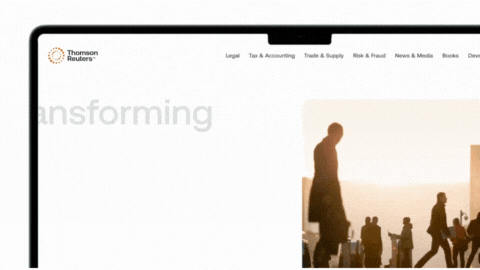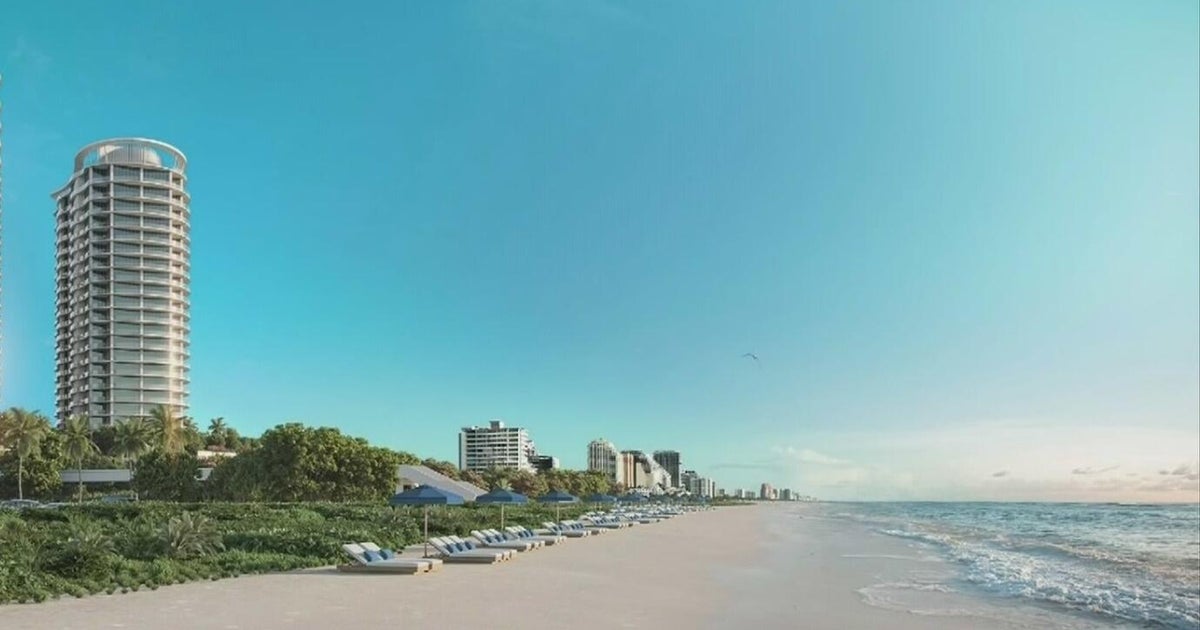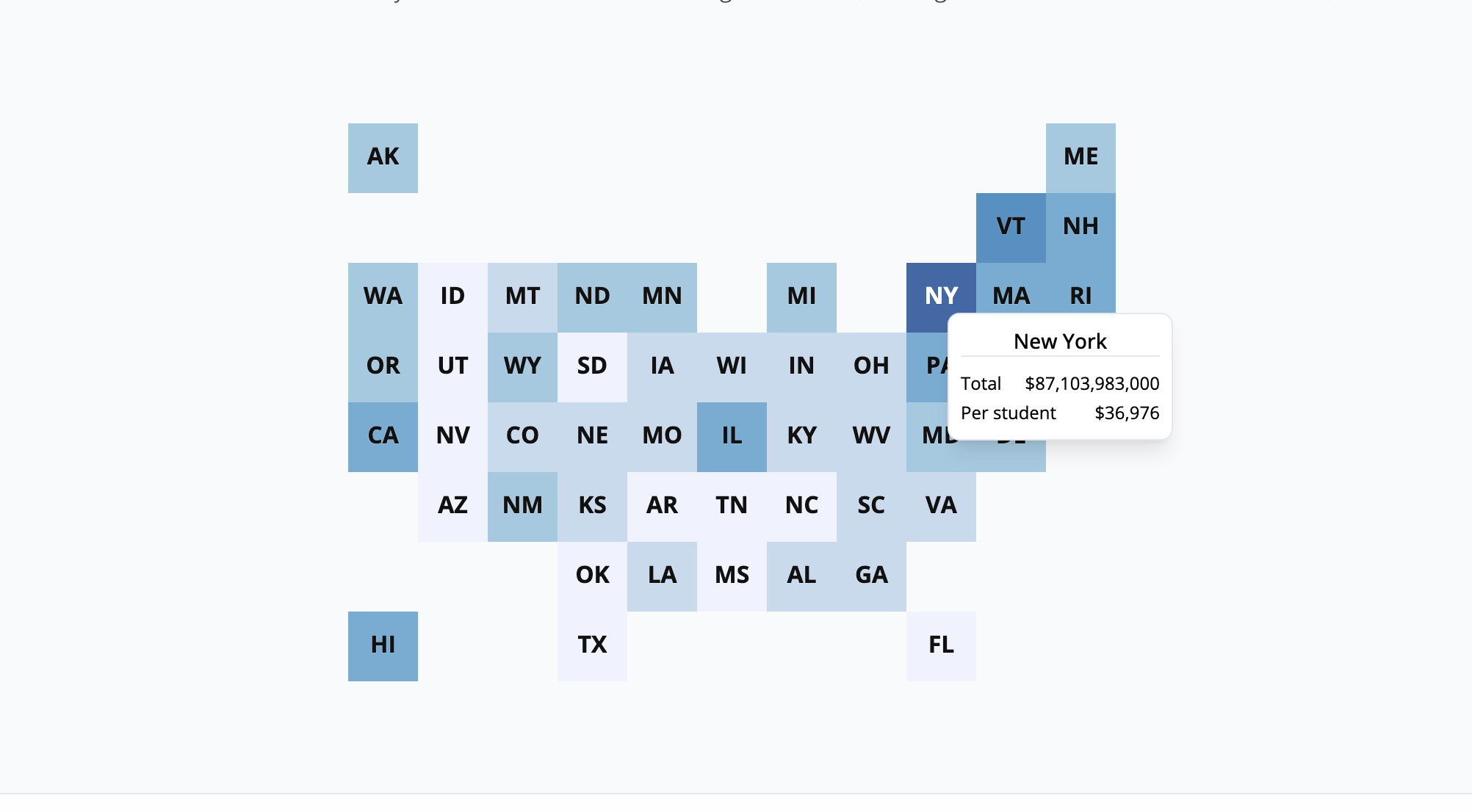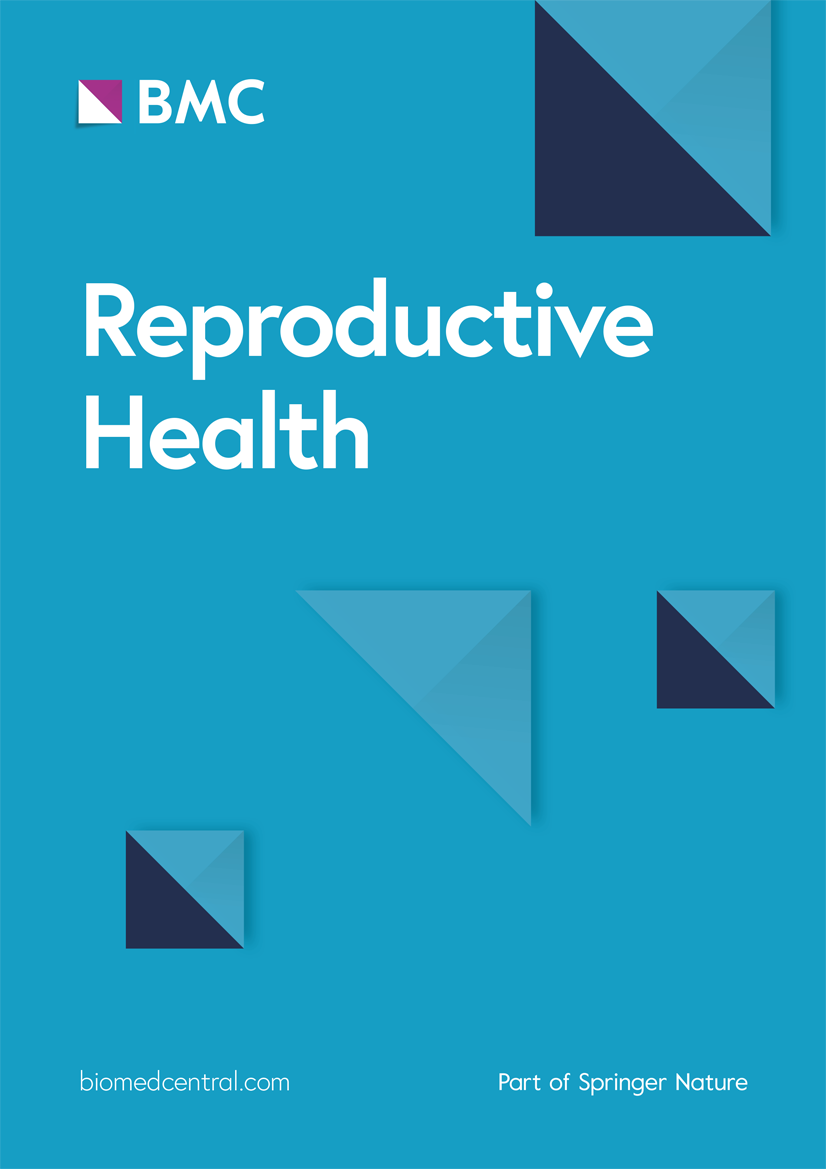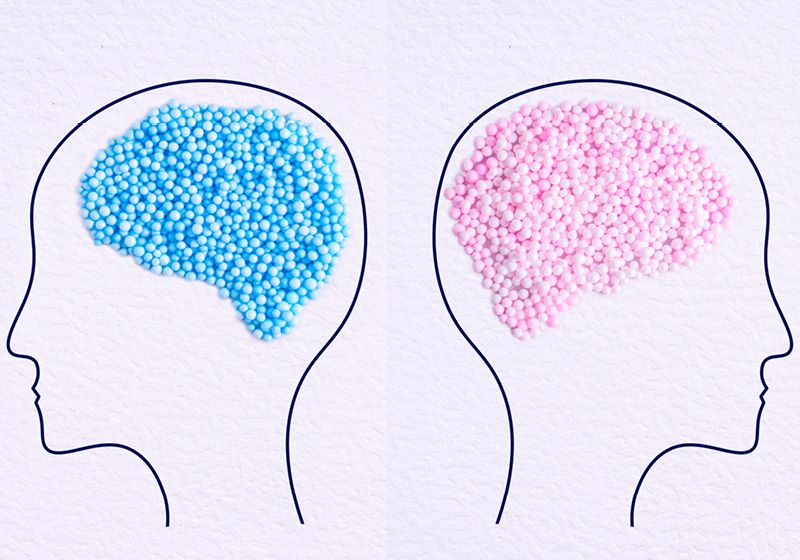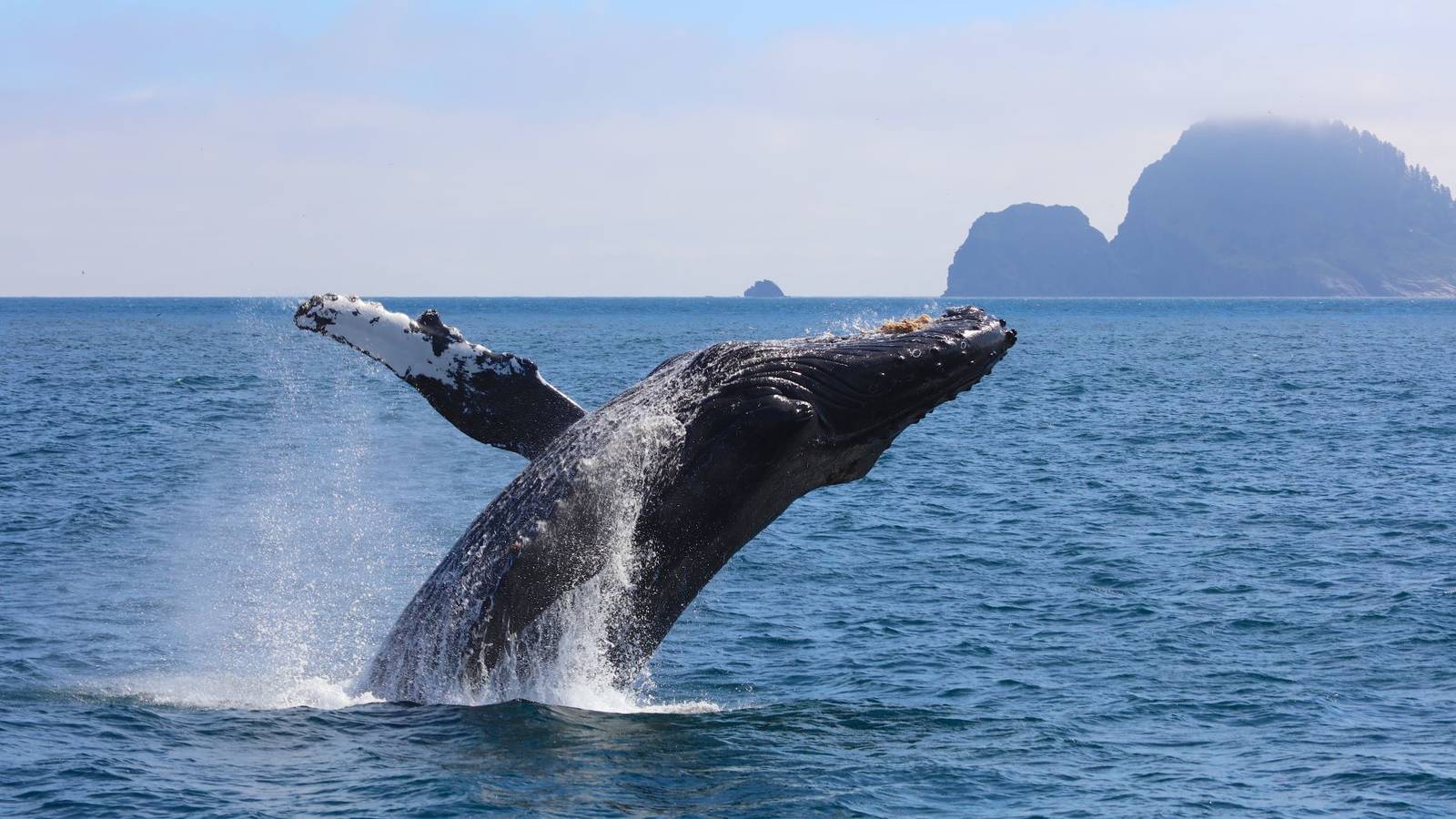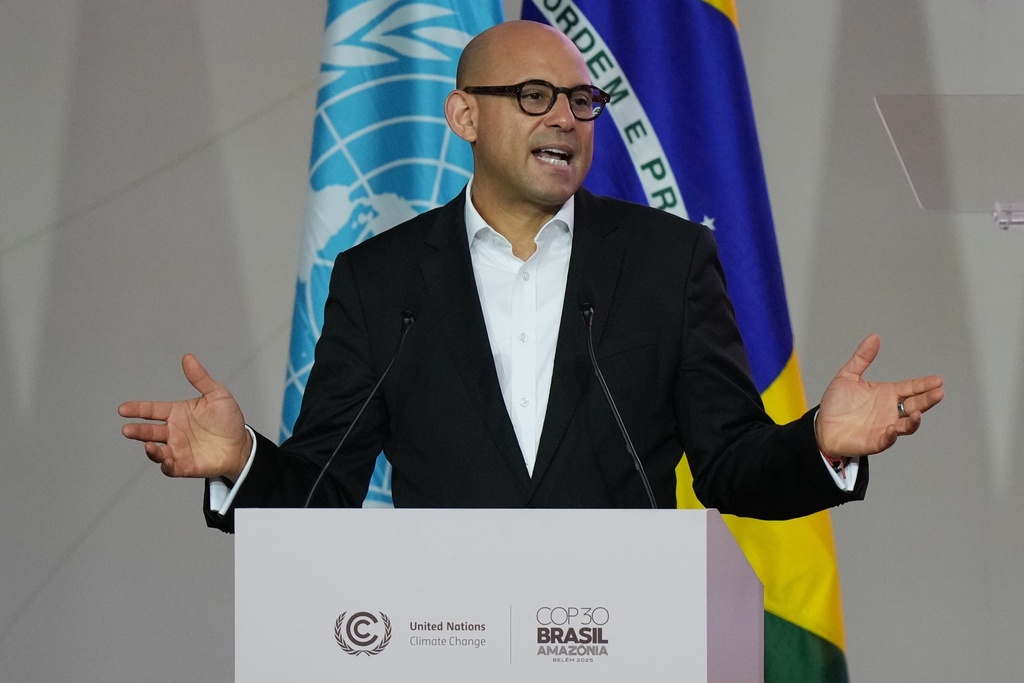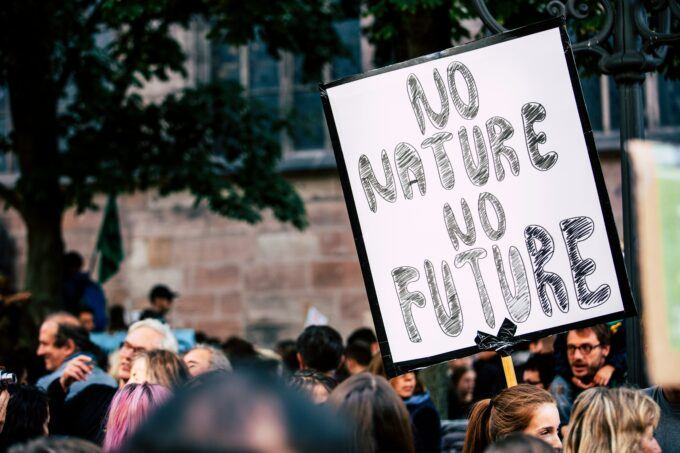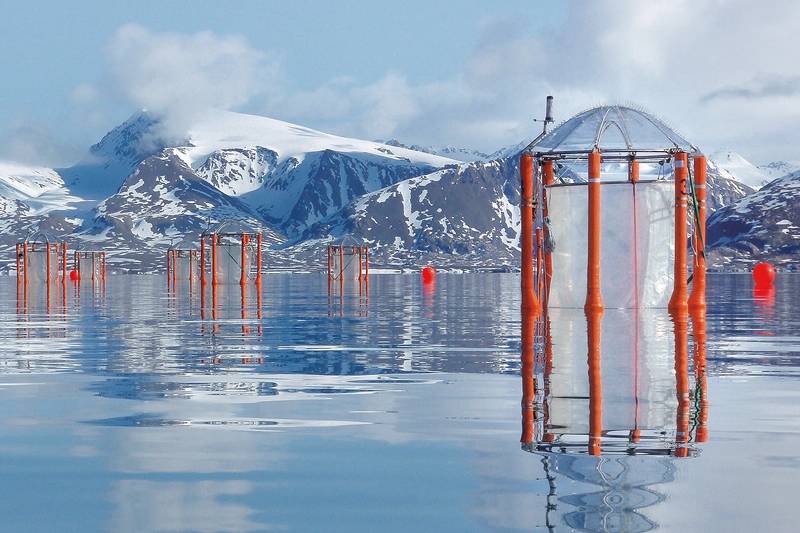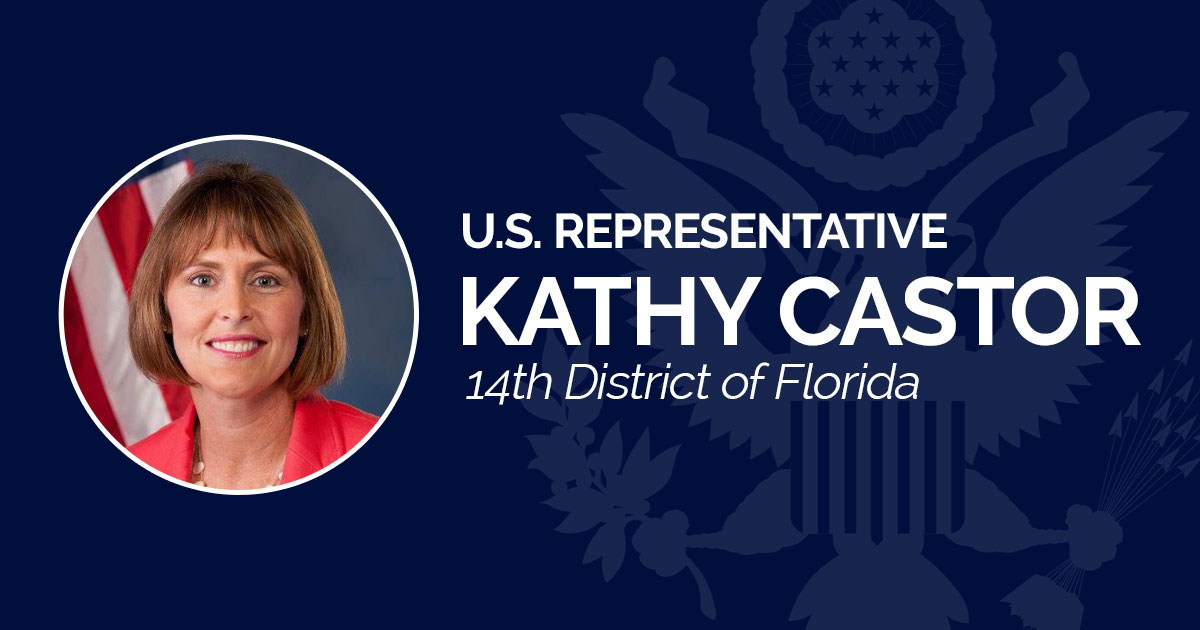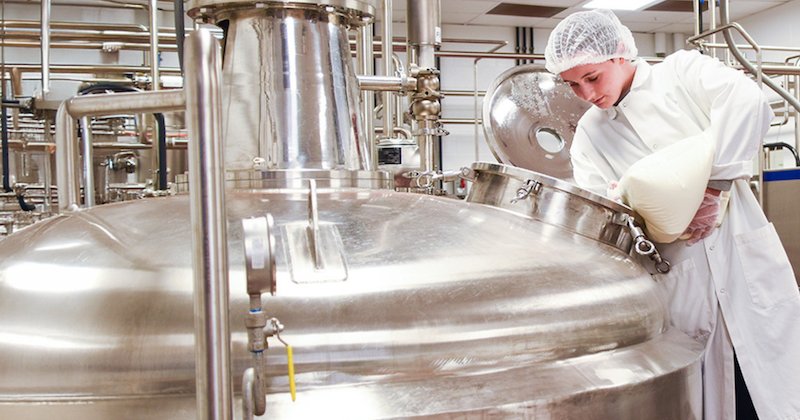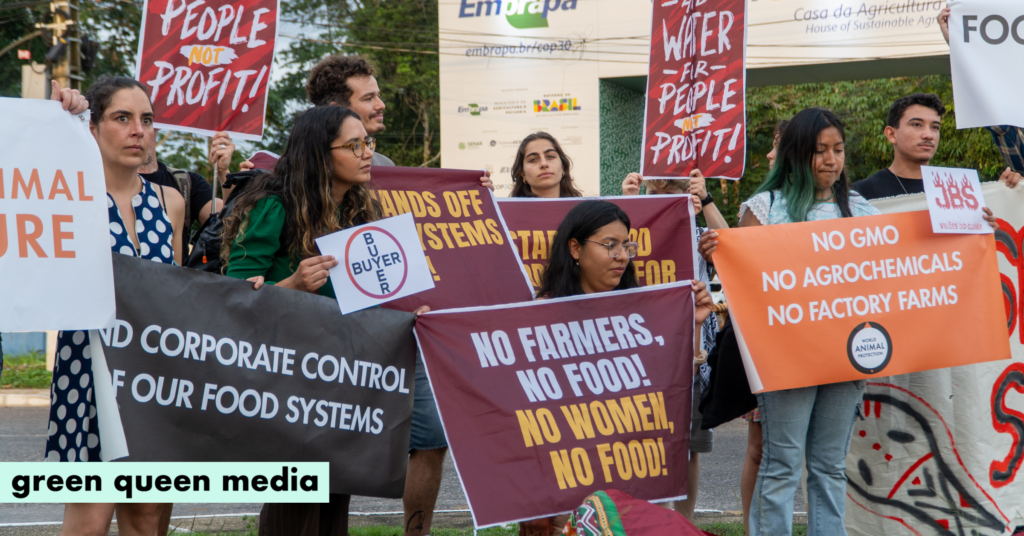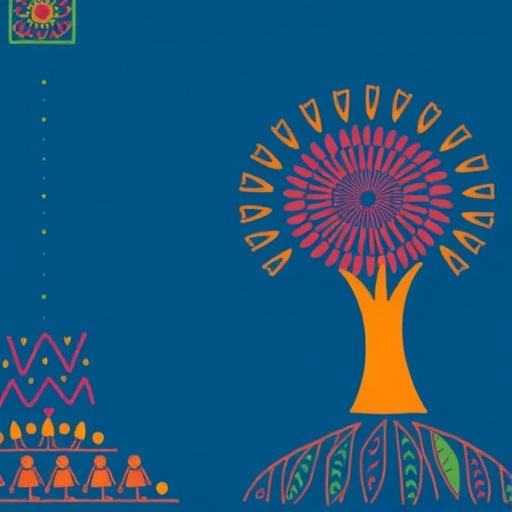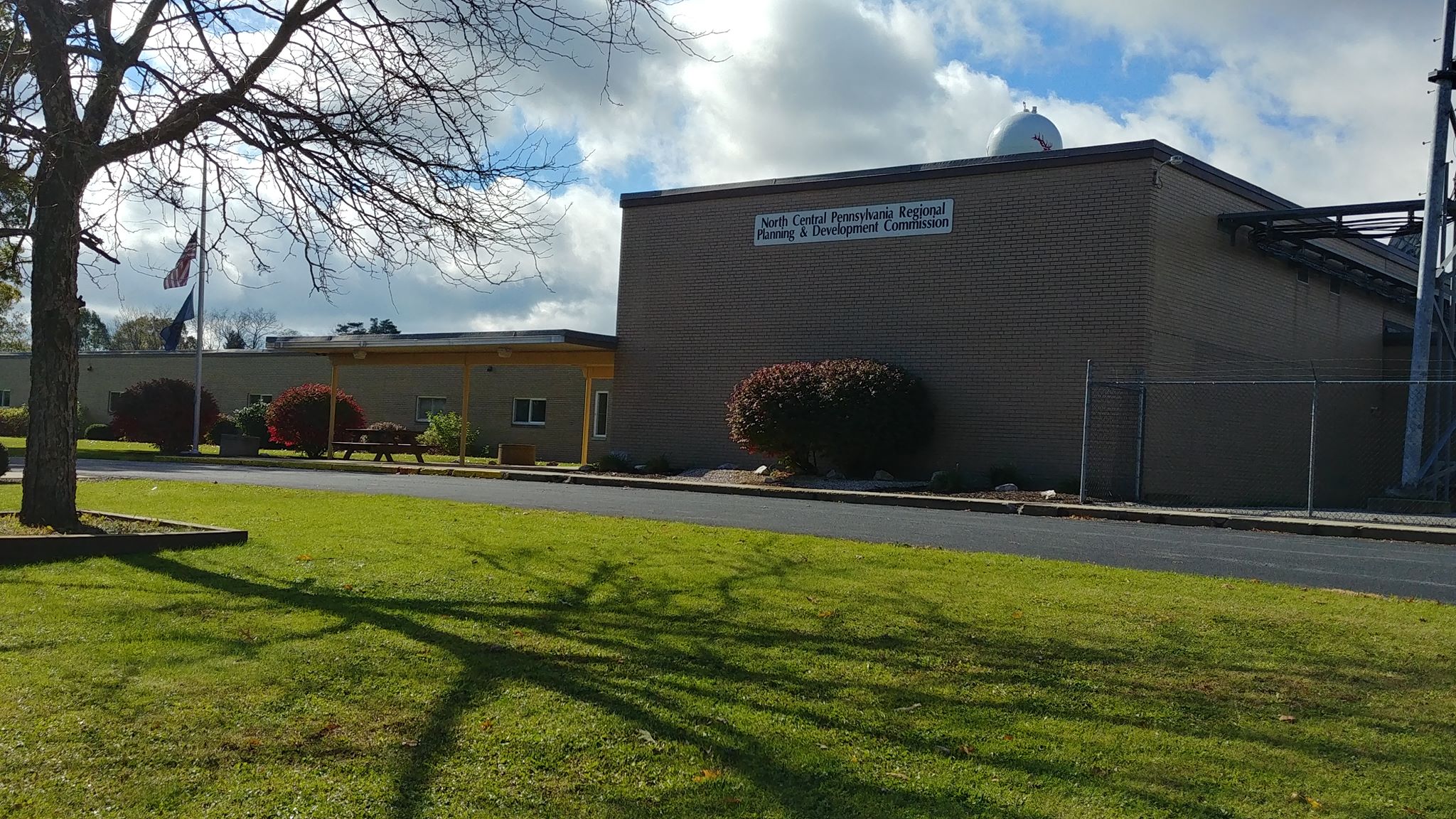AIIB Approves First Investment in Chile to Support Climate-Resilient Water Infrastructure – Asian Infrastructure Investment Bank (AIIB)

Report on AIIB Investment in Chile’s Climate-Resilient Water Infrastructure
Executive Summary
The Asian Infrastructure Investment Bank (AIIB) has approved its first investment in Chile, a USD 10-million equity co-investment in the Aguas Pacifico project (Project Aqua). This initiative, in partnership with Patria Infrastructure Fund V, aims to construct a large-scale water desalination facility in Chile’s water-stressed central region. The project is a direct response to severe water scarcity exacerbated by climate change and is strategically aligned with several United Nations Sustainable Development Goals (SDGs), particularly those concerning clean water, sustainable infrastructure, climate action, and resilient communities.
Project Details and Investment Structure
Financial Commitment and Partnership
The investment demonstrates a key partnership for sustainable development (SDG 17) and involves:
- A USD 10-million equity co-investment from AIIB.
- Collaboration with Patria Infrastructure Fund V, a fund managed by global alternative asset manager Patria Group.
- AIIB’s participation as a limited partner alongside a consortium of co-investors.
Project Aqua Specifications
Project Aqua is a multiphase initiative designed to build resilient infrastructure (SDG 9) and provide a sustainable water source. The project phases include:
- Phase I: Construction of a desalination plant with a capacity of 1,000 liters-per-second (l/s), a 104-kilometer aqueduct, and an associated electricity substation.
- Phase II: Expansion of the plant’s capacity to 2,000 l/s.
Strategic Alignment with Sustainable Development Goals (SDGs)
The investment in Project Aqua makes significant contributions to the 2030 Agenda for Sustainable Development, with a primary focus on the following goals:
SDG 6: Clean Water and Sanitation
The project’s core objective is to address Target 6.4 by ensuring sustainable withdrawals and supply of freshwater. By creating a new, non-conventional water source through desalination, it directly mitigates severe water stress for residents and industries in the Valparaiso and Santiago metropolitan regions.
SDG 13: Climate Action
Project Aqua is a critical climate adaptation measure (Target 13.1), strengthening resilience to the impacts of persistent drought. Furthermore, its plan to use clean, renewable energy for operations contributes to climate mitigation efforts.
SDG 9: Industry, Innovation, and Infrastructure
The project embodies Target 9.1 by developing high-quality, reliable, and sustainable infrastructure. This climate-resilient water system is essential for the continued operation of industries in Chile’s central region, which account for 79% of the nation’s GDP.
SDG 11: Sustainable Cities and Communities
By securing a stable water supply, the project enhances the resilience of the Valparaiso and Santiago metropolitan areas (Target 11.5), making them more sustainable and better equipped to adapt to the adverse effects of climate change.
Supporting Contributions to Other SDGs
- SDG 7 (Affordable and Clean Energy): The plant will be powered by renewable energy, increasing its share in the regional energy mix.
- SDG 8 (Decent Work and Economic Growth): The project safeguards economic productivity by alleviating a critical resource constraint (water) that disproportionately impacts Chile’s economic heartland.
- SDG 17 (Partnerships for the Goals): The collaboration between a multilateral development bank (AIIB) and a private asset manager (Patria) exemplifies the multi-stakeholder partnerships needed to finance sustainable development.
Operational Context: Water Scarcity in Chile
Chile is facing a critical water crisis, particularly in its central and northern regions, which are both densely populated and the hub of national industrial activity. A decade of record-low rainfall has severely depleted conventional water resources, threatening both communities and economic stability. Project Aqua is located in the country’s most water-stressed areas and is designed to provide a long-term, sustainable solution to this challenge.
Which SDGs are addressed or connected to the issues highlighted in the article?
-
SDG 6: Clean Water and Sanitation
The article’s primary focus is on addressing “severe water scarcity” in Chile through the construction of a water desalination project. This directly relates to ensuring the availability and sustainable management of water.
-
SDG 9: Industry, Innovation and Infrastructure
The project involves the construction of significant infrastructure, including a desalination plant, a 104 km aqueduct, and an electricity substation. The article describes it as a “sustainable infrastructure solution” designed to support economic activity.
-
SDG 13: Climate Action
The project is presented as a response to climate change impacts, specifically “persistent, record-low rainfall.” It is designed to help residents and industries “adapt to climate change” and is part of AIIB’s strategy to finance “climate mitigation efforts” by using “clean, renewable energy.”
-
SDG 8: Decent Work and Economic Growth
The article highlights that water stress affects regions contributing “79% of Chile’s GDP.” By providing a stable water supply, the project supports the country’s industrial activities and protects its economic output from the impacts of water scarcity.
-
SDG 17: Partnerships for the Goals
The project is a collaborative effort involving multiple entities. It is an “equity co-investment” between the Asian Infrastructure Investment Bank (AIIB), a multilateral development bank, and Patria Infrastructure Fund V, a global alternative asset manager.
What specific targets under those SDGs can be identified based on the article’s content?
-
SDG 6: Clean Water and Sanitation
- Target 6.1: By 2030, achieve universal and equitable access to safe and affordable drinking water for all. The project aims to “alleviate water stress” for “both residents and industries,” thereby increasing access to a reliable water source.
- Target 6.4: By 2030, substantially increase water-use efficiency across all sectors and ensure sustainable withdrawals and supply of freshwater to address water scarcity. The desalination plant directly creates a new supply of water to address the “critical water scarcity” mentioned in the article.
- Target 6.a: By 2030, expand international cooperation and capacity-building support to developing countries in water- and sanitation-related activities and programmes, including… desalination… The project is a desalination initiative in Chile supported by an international financial institution (AIIB).
-
SDG 9: Industry, Innovation and Infrastructure
- Target 9.1: Develop quality, reliable, sustainable and resilient infrastructure… to support economic development and human well-being. The article explicitly calls the project a “sustainable infrastructure solution” that includes a plant, aqueduct, and substation.
- Target 9.4: By 2030, upgrade infrastructure and retrofit industries to make them sustainable, with increased resource-use efficiency and greater adoption of clean and environmentally sound technologies. The project provides water using a desalination plant “powered by clean, renewable energy.”
-
SDG 13: Climate Action
- Target 13.1: Strengthen resilience and adaptive capacity to climate-related hazards and natural disasters in all countries. The project is a direct measure to build resilience against drought and water scarcity, helping the region “adapt to climate change.”
-
SDG 8: Decent Work and Economic Growth
- Target 8.2: Achieve higher levels of economic productivity through… technological upgrading and innovation… By securing water supply for industrial areas that “contribute 79% of Chile’s GDP,” the project supports sustained economic productivity.
-
SDG 17: Partnerships for the Goals
- Target 17.3: Mobilize additional financial resources for developing countries from multiple sources. The project is funded by a “USD10-million equity co-investment” from AIIB alongside Patria Infrastructure Fund V, demonstrating mobilization of financial resources from a multilateral bank and a private asset manager.
- Target 17.17: Encourage and promote effective public, public-private and civil society partnerships. The collaboration between AIIB and Patria Group is a clear example of a partnership between a multilateral development institution and a private sector entity to achieve sustainable development.
Are there any indicators mentioned or implied in the article that can be used to measure progress towards the identified targets?
-
Volume of desalinated water produced
The article specifies the plant’s capacity, which is a direct measure of the new water supply created. This is an indicator for Target 6.4. The article states Phase I will have a capacity of “1,000 liters-per-second (l/s)” and Phase II will double it to “2,000 l/s.”
-
Scale of new infrastructure
The physical scope of the project serves as an indicator for Target 9.1. The article mentions the construction of a “104 km aqueduct” and an “electricity substation.”
-
Use of renewable energy
The article states the desalination plant will be “powered by clean, renewable energy.” This is a qualitative indicator for Target 9.4, measuring the adoption of clean technologies.
-
Amount of international investment mobilized
The financial contribution from international partners is a clear indicator for Target 17.3. The article specifies the “USD10-million equity co-investment” from AIIB.
Table of SDGs, Targets, and Indicators
| SDGs | Targets | Indicators |
|---|---|---|
| SDG 6: Clean Water and Sanitation | 6.4: Ensure sustainable withdrawals and supply of freshwater to address water scarcity. | Volume of desalinated water produced (1,000 l/s in Phase I, increasing to 2,000 l/s in Phase II). |
| SDG 9: Industry, Innovation and Infrastructure | 9.1: Develop quality, reliable, sustainable and resilient infrastructure. 9.4: Upgrade infrastructure… with greater adoption of clean and environmentally sound technologies. |
Construction of a 104 km aqueduct and desalination plant. Use of “clean, renewable energy” to power the plant. |
| SDG 13: Climate Action | 13.1: Strengthen resilience and adaptive capacity to climate-related hazards. | Implementation of a large-scale water infrastructure project to help residents and industries adapt to climate change-induced water scarcity. |
| SDG 8: Decent Work and Economic Growth | 8.2: Achieve higher levels of economic productivity. | Provision of a stable water supply to industrial regions that contribute 79% of Chile’s GDP. |
| SDG 17: Partnerships for the Goals | 17.3: Mobilize additional financial resources for developing countries from multiple sources. | USD10-million equity co-investment from AIIB. |
Source: aiib.org

What is Your Reaction?
 Like
0
Like
0
 Dislike
0
Dislike
0
 Love
0
Love
0
 Funny
0
Funny
0
 Angry
0
Angry
0
 Sad
0
Sad
0
 Wow
0
Wow
0

